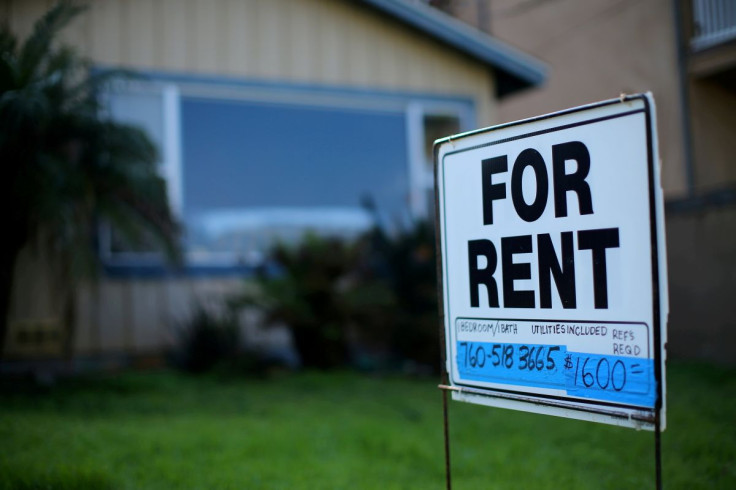Mortgage Demand Skids To 3-Year Low As Economy Stares Down Recession Risk

U.S. mortgage demand has fallen to a three-year low, owing to concerns about the U.S. entering a recession as well as the Federal Reserve’s determination to continue to raise interest rates to battle inflation.
On Wednesday, the Mortgage Bankers Association (MBA) released its latest data showing mortgage applications decreased 2.3% from last week, a slight drop as more buyers hold off on purchases. However, when compared to the same time last year, the number of applications overall are 75% lower. This is the lowest reading recorded by MBA since at least December 2018.
This week's decline marks the fourth consecutive drop in mortgage demand in the last five weeks and it has been driven by concerns that the economy is on the brink of a slowdown, said Joel Kan, MBA's Associate Vice President of Economic and Industry Forecasting. At the same time, weakness in the stock market has driven down Treasury yields, which have also spilled over into the mortgage market.
“Mortgage rates fell for the fourth time in five weeks, as concerns of weaker economic growth and the recent stock market sell-off drove Treasury yields lower. Mortgage applications decreased to the lowest level since December 2018, as the purchase market continues to struggle with supply and affordability challenges,” Kan said in a statement.
Throughout last year, the U.S. housing market rebounded sharply from the downturn experienced in 2020 when the COVID-19 pandemic arrived and the supply of available homes lagged behind surging demand. Complicating the situation was a pre-existing labor shortage in the construction sector and supply chain issues with construction materials driving prices higher nationwide.
But with inflation continuing on its upward trajectory, the Fed has acted.
After initially dismissing inflationary pressures as a transitory phenomenon for much of last year, the Fed changed course in March when it hiked rates by a quarter percentage point. When inflation continued to grow, the central bank instituted another rate hike earlier in May by a half percentage point.
In his remarks that followed the second rate hike announcement, Fed Chairman Jerome Powell said that the board would not hesitate to restore price stability and that it would raise rates more as needed.
But at the same time, the Fed must navigate a careful path forward as fears mount that the U.S. economy will tip into recession in the near-future. Markets have already been struggling to keep their heads above water over concerns about this prospect.
For eight days starting on May 16, each of the leading U.S. stock indices saw sharp drops over concerns related to slow economic growth, mostly due to inflation and rising interest rates.
© Copyright IBTimes 2024. All rights reserved.





















